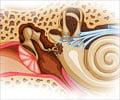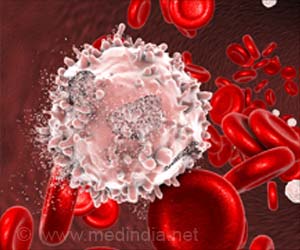Scientists have developed a modified version of an aminoglycoside, the most commonly used class of antibiotics worldwide, that may eliminate the risk of hearing loss.

Researchers at the Stanford University School of Medicine have conducted a study where the new version of antibiotic worked effectively in mice without the risk of causing deafness.
It took the scientists 4 years of research to produce 5 grams of the newly patented antibiotic, N1MS, which is derived from sisomicin, a type of aminoglycoside.
The study presents a promising new approach to generating a new class of novel, nontoxic antibiotics.
Because aminoglycosides cause deafness by killing these nonregenerating hair cells, Anthony Ricci, PhD, postulated, why not simply make the drug molecules unable to enter the cells' channels.
"The goal was to keep the antibacterial properties of the drug intact while preventing it from entering the inner-ear cell's ion channels," Ricci said. He and his fellow researchers used data from structural biologists at Stanford who better understood how the antibiotics fought off infection.
Advertisement
The study was published online in the Journal of Clinical Investigation.
Advertisement
Source-Medindia















